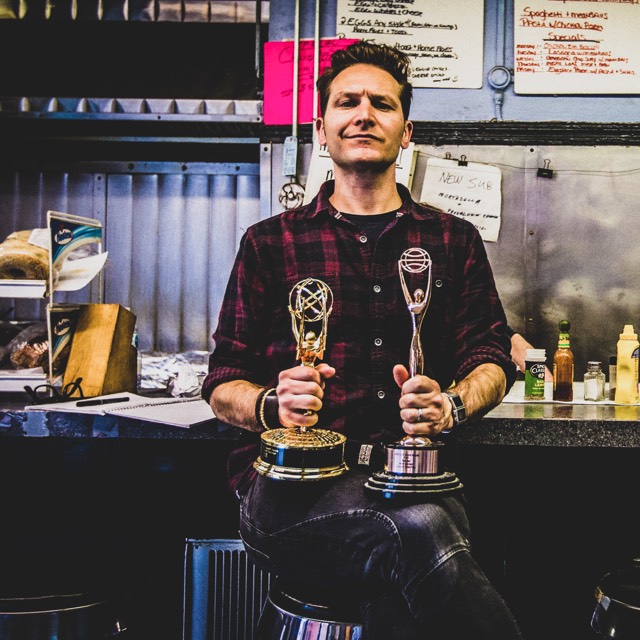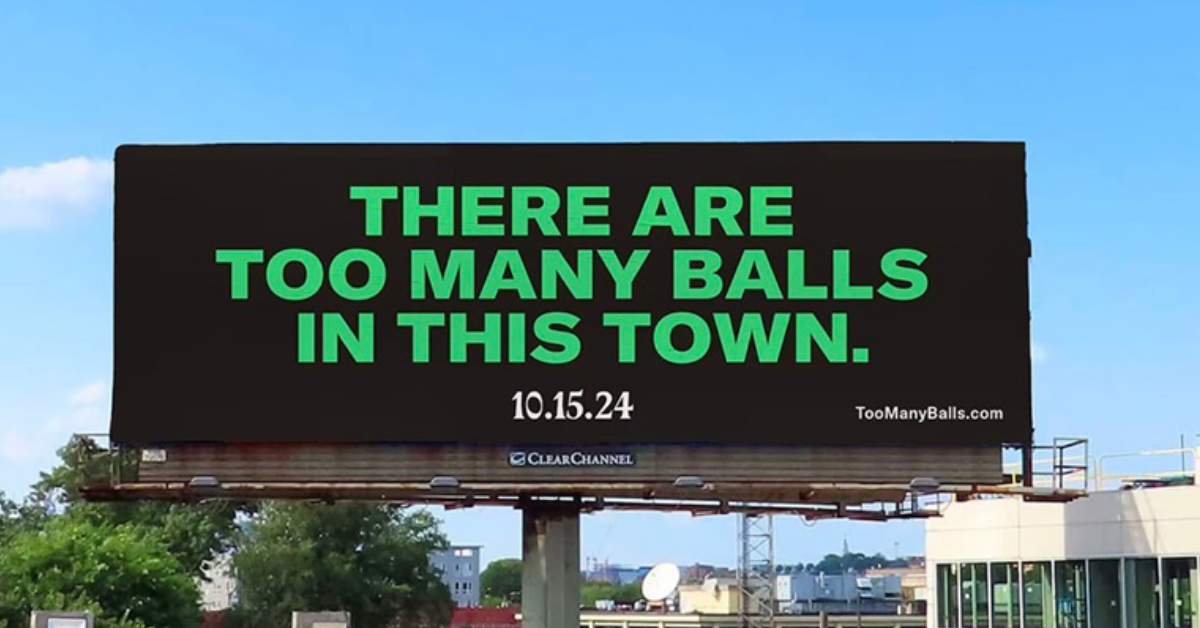The future for creators and makers was changing before we got into this bizarre societal version of Mad Max, because seemingly everyone has a production-quality video camera in their pocket. Just ask Annie Leibovitz, probably the most respected and famous portrait photographer of our lifetime, who was asked what camera she uses to shoot. “It’s whatever camera I have on me at the time,” she said, “and these days it’s my iPhone.” She still has the eye and the experience, but she clearly illustrates that the means by which she captures content has changed.
At the heart of this is the consumer – and his/her expectations. Video production is shifting more to the quality of the content versus the quality of the production. With platforms like Tik Tok, short-form video, in general, captivating audiences and democratizing content, the world of video already was in a bizarre landscape barely recognizable to traditional advertisers. Then all this hit. Studios were replaced with, Live! from my living room! Episodes of NBCs “The Voice” have been shot from mobile devices. John Krasinski – with a few magic markers, a globe and an iPhone – garnered more than 2.5 million subscribers for his SGN video series. Jimmy Fallon, two young daughters and a quirky house captivated Tonight Show audiences.
Users are comfortable with run-and-gun, iPhone-shot pieces that deliver to immediacy versus waiting to miss the moment or conversation with a perfectly crafted piece of art. There is ALWAYS room for beauty if you have the time and budget to spare, and cinema will always hold our hearts, but immediate content holds our collective attention spans. As makers and content creators we can’t miss a vital conversation. Speed to market wins the day.
This, of course, has forced agencies to adapt. In addition to producing a steady flow of content, we also find ourselves acting as a facilitator and a consultant. We are advising on how to shoot video and what makes a great composition. We are relying on our ample experience as content makers to help others along and collaborate. And we’re developing more quick-hitting, even at high-production, such as our recent PSA with Fundacion MAPFRE and the City of Boston asking people to stay home on Marathon Monday.
With this changing landscape and the ability to create some pretty good quality with that device in your back pocket, here are 5 ways video and content will change over the next few years.
1. The continued rise of UGC and influencers
As a generation of makers is born, brands and agencies will rely more on the wealth of creators out there. If a brand or an agency sees a maker creating something amazing, they are more likely to reach out to them and engage with them on what they can create cool authentic content for a brand rather than try and shoot it themselves. These types of partnerships are mutually beneficial and here to stay.
2. Animation, animation, animation
Even before Covid, brands were starting to use more and more animation as an aid to content storytelling. Recently a slew of podcasts are starting to use animation as visual aid to help tell their stories. Netflix series like Midnight Gospell and Liz Goldwyn’s The Sex Ed podcast are using animation to help visualize their stories. It’s a very effective medium and one that millennials completely relate to.
3. The Rise of predictive and AI
Deepfakes are alarming but the AI behind it has a place in the future of content and video. Pulling on a string from the previous prediction, this is an interesting way for people to make content. Character animation is simple thanks to Adobe’s character animator. Users could have completely hidden identities and create personas with opinions and political capital all with never knowing who the secret identity is.
4. Everything LIVE!
From the 1950s-90s, if you missed a show you had to hear about it from friends. Our “binge everything” society moved towards acting as our own television producers and in continuation with that we have the ability to watch and engage with a live scenario in ways now unimaginable. From Video AMAs on Reddit, to live streaming on Zoom, YouTube, Facebook and Instagram about fitness classes, live cooking shows and other education, brands will have an opportunity to help bring these events to life through sponsorship or subtle product placement or even NOT so subtle placement. There are amazing opportunities to brand and facilitate these conversations. Sky’s the limit as long as we have bandwidth with a four-person household all taxing the internet.
5. Education as content
From the birth of online videos, there were how-to videos. It previously was rooted in “wanna learn how to knit or play that guitar solo from Stairway to Heaven?” It evolved recently to the incredibly popular Masterclass series where John Malkovich could teach you how to cry on demand, for a fee, but now it might be the way you graduate 6th grade. Which reinforces that this may be VR’s time to take a giant leap. One of my favorite episodes of the Simpsons is when Lisa looks into the future and there is a classroom scene where Pepsi is sponsoring a math lesson. We aren’t there yet, but again, sponsorships in education as video becomes more “live” is probably inevitable. Can Trip Advisor change to lesson plans and show kids the Pyramids of Egypt? Can Yelp give video tutorials on how to make authentic french crepes? Brands will have to pivot to find opportunities and this is a playground that could be mutually beneficial.
Consumers want to be entertained, to laugh and sometimes have a good cry, but only if it’s authentic. The second they feel like they are being advertised to, they jump ship. Millennials, Gen Z and, increasingly, other consumers smell BS – fast. Case in point: Monopoly, with a spot that attempted to address a societal issue of female empowerment but then SWUNG and missed the mark two minutes into a beautifully shot piece. Mashable even drew comparisons to the now infamous Peloton commercial due to the tone def inauthentic nature of the piece.
According to Cisco, by 2020 there will be close to one million minutes of video crossing the internet per second. So users and consumers in a sea of content quickly decide what they will and won’t put up with. Even though some data suggests video content should be under 60 seconds, duration and, to a degree, production quality don’t matter as much as offering something captivating and relevant to the user. Shooting on the greatest cinematic camera or on a pocket device isn’t that important to the consumer. Telling a good story is.





